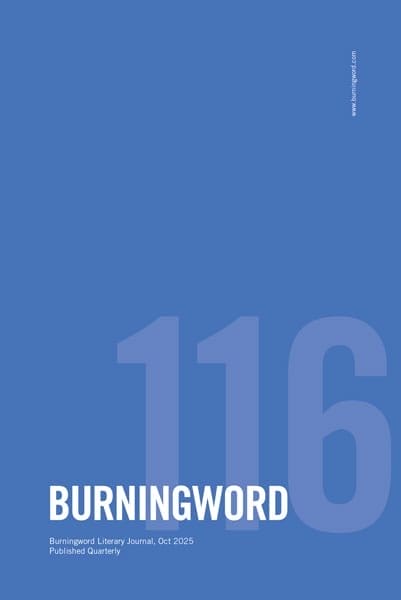Every day Amanda Treese would draw hearts on her math warm-up when she finished it, and finally Matthew Taylor, who sat next to her, couldn’t take it anymore and he said, “What do you love?”
“What?”
“What are you saying that you love with all these hearts?”
She looked at her paper. “It means love.”
“I know it means love. But what are you saying that you love?”
“It’s just love.”
“It can’t be just love. It has to have a point behind it. Like as in you love something or somebody.”
“Why?”
“Because otherwise it’s just floating out in the air and it doesn’t have a…”
“A what?”
“A destination. A place to land.”
“Why does it have to land?”
“Why does it have to land? Because otherwise of course love. Of course love is nice, but…”
“Do you like love?”
“Of course! How is anybody going to be against love? But…”
“You should draw a heart too then.”
“I can’t draw a heart. I have to have some purpose for drawing a heart.”
“What is your purpose?”
“I mean suppose I loved somebody. Then I would draw a heart and write their name. That would be a purpose.”
“Do you love somebody?”
“Not like that.”
“What do you love?”
“I love my family.”
“You could draw a heart and write your family.”
“I already know I love my family. Anyway this is just a math warm-up.”
“It’s still a good place to draw a heart.”
“If you say it like that, then any place is a good place to draw a heart.”
“Any place is a good place to draw a heart.”
“Then people would just be putting hearts everywhere!”
“What is wrong with that?”
“Well, somebody would want to know what is the thing that all these hearts are saying they love?”
“You would want to know that.”
“Yes, me. And some other people. Everybody who thinks that if you’re going to draw a heart, you should say what you’re talking about.”
“What if I just say that I love love?”
She drew two hearts on her paper next to each other.
“That’s better at least. But everybody loves love.”
“Do you love love?”
“Yes.”
“I’m going to draw two hearts on your paper.”
“All right.”
“You don’t think it’s girly?”
“I’m not worried about girly. Girls are people. I just don’t understood having something about love without talking about what you’re talking about.”
She drew two hearts on his paper.
“There,” she said.
“All right.”
“You don’t mind?”
“I don’t mind. This has some purpose to it at least. It’s not just out there floating by itself.”
This happened near the start of seventh grade. For the rest of that year and through all of eighth grade, Amanda Treese drew hearts on her math warm-ups. She always drew two hearts together.
Siamak Vossoughi was born in Tehran and grew up in Seattle. She has been published in Kenyon Review Online, Missouri Review, Glimmer Train, and Chattahoochee Review. Her collection, Better Than War, received a 2014 Flannery O’Connor Award for Short Fiction.


